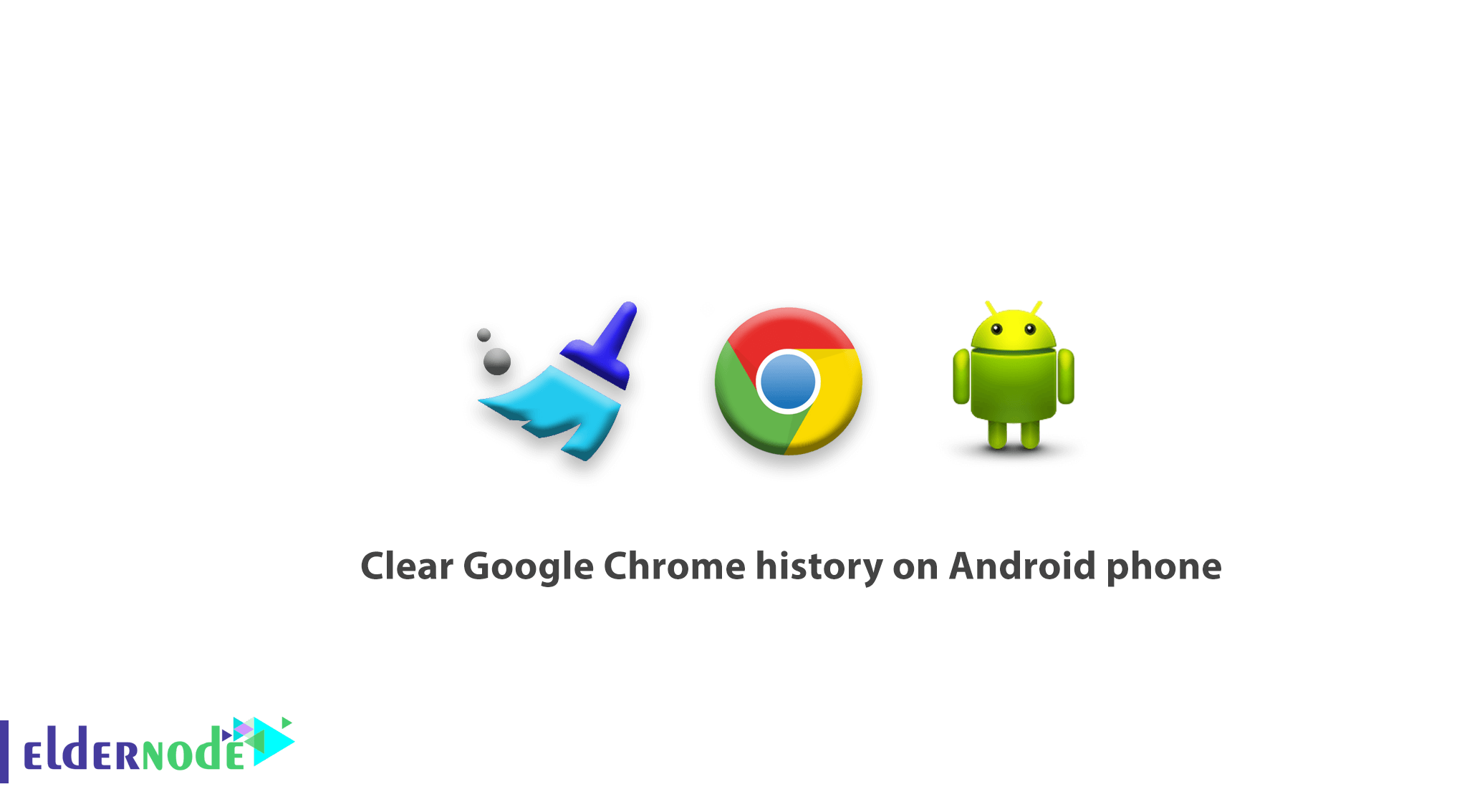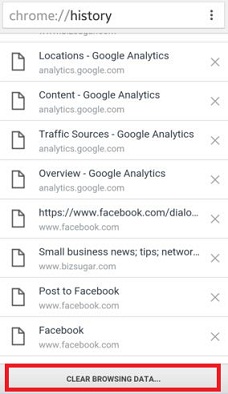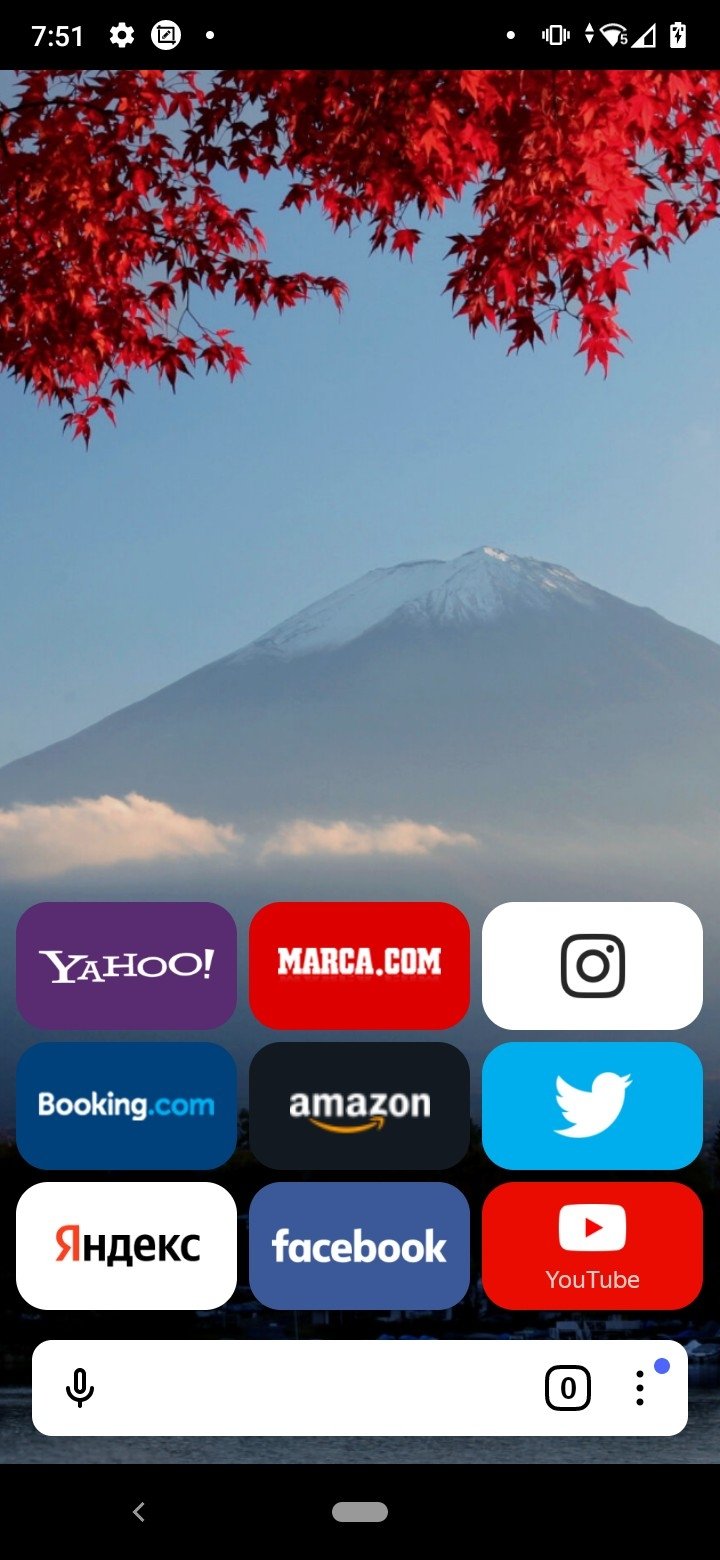
- #Chrome download history android how to
- #Chrome download history android windows 10
- #Chrome download history android Pc
Google Chrome stores the browsing history in the form of database files on your computer. Note that this method is viable if you have logged in to your Google account while browsing Chrome.

Step 2: You can either search for a specific website or scroll through the entire history. Step 1: On your Chrome browser, head to My Activity and sign in with your Google account. This feature shows all your activities related to the Google account, including Chrome history. The first thing you should do is check the Google Account activity to find your search history.
#Chrome download history android Pc
Check out the below 8 solutions for your PC or laptop.
#Chrome download history android how to
Video Tutorial on How to Recover Deleted Browser History for Google Chrome on Windows 10īuy Now Buy Now Part 1: How to Recover Deleted Google History on PC/LaptopĬoming to the most important question, how to recover deleted history on Google Chrome.

#Chrome download history android windows 10

Note that in some situations-such as when a form uses script to submit contents-submitting a form does not result in this transition type. The user filled out values in a form and submitted it.

The page was specified in the command line or is the start page. These are not quite the same as typed navigations because the user didn't type or see the destination URL. For example, a match might have the URL of a Google search result page, but it might appear to the user as "Search Google for. The user got to this page by typing in the address bar and selecting an entry that did not look like a URL. An explicitly requested frame is probably more important than an automatically loaded frame because the user probably cares about the fact that the requested frame was loaded. The user may not even realize the content in these pages is a separate frame, and so may not care about the URL (see also manual_subframe).įor subframe navigations that are explicitly requested by the user and generate new navigation entries in the back/forward list. For example, if a page consists of several frames containing ads, those ad URLs have this transition type. This is any content that is automatically loaded in a non-top-level frame. The user got to this page through a suggestion in the UI-for example, through a menu item. See also generated, which is used for cases where the user selected a choice that didn't look at all like a URL. Also used for other explicit navigation actions. The user got this page by typing the URL in the address bar. The user got to this page by clicking a link on another page.


 0 kommentar(er)
0 kommentar(er)
